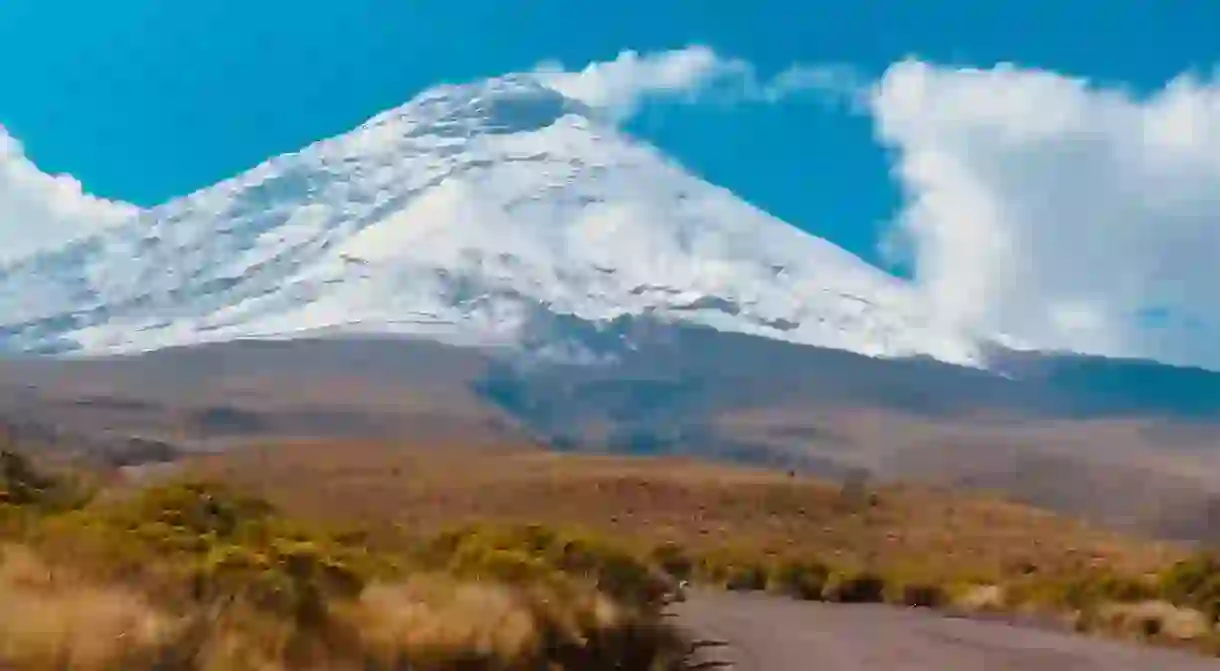A Guide to Discovering Cotopaxi National Park, Ecuador

Cotopaxi National Park is only 48km (30mi) outside of Quito, making it a perfect day trip from the capital – but with so much to do and see, you may want to stay overnight, and at the right time. In general, the best time for clear views of the Cotopaxi volcano – Ecuador’s second highest peak, at 5,897m (19,347ft) – is during the dry, windy season from mid-July until early October. But whenever you visit, read our guide to discovering Cotopaxi National Park.
With Culture Trip, you can go horse riding in Cotopaxi National Park and hike around Laguna Limpiopungo as part of our exclusive eight-day Ecuador adventure, led by our Local Insider.
Where to Stay
Camping
Camping has become somewhat more difficult since the eruptions of Cotopaxi in 2015 and 2016, and is prohibited whenever the volcano shows signs of activity. If you plan on camping within Cotopaxi National Park, you’re best sticking to designated grounds – ask the guides at the entrance to the park which areas are permitted at the time (you may be charged a small fee for overnight stays).
Alternatively, Hacienda El Porvenir and Hacienda Santa Rita offer camping facilities a few kilometres north of the park.
Lodges and hotels
There are plenty of accommodation options just outside the Cotopaxi National Park. Some of the roads leading to them are unpaved and can therefore be uneven, making for a bumpy ride – but the experience of getting to the haciendas is all part of the adventure. Near the south entrance to the park (El Chasqui), Hotel Cuello de Luna, Rondador Cotopaxi, Hosteria Hacienda San Joaquín and Hacienda San Agustin de Callo are all good options.
Closer to the north entrance (El Pedegral village), Chilcabamba Lodge and the Secret Garden Cotopaxi are worth considering. There’s also Tambopaxi, at the foot of the Cotopaxi volcano, which is the only lodge inside the park’s boundaries.

What to Do
Hike around Laguna Limpiopungo
Laguna Limpiopungo is a seasonal lake that swells during the rainy part of the year. It’s home to nesting Andean gulls which can be seen whenever you visit, while hummingbirds can also be observed along the walking trail, which takes around 90 minutes to complete. On a clear day, the views of the volcano from Limpiopungo are magnificent.
The wild horses of Cotopaxi often graze near the end of the trail, and there are plenty of companies that offer horse riding tours in the area.

Hike to the summit (or the refuge)
Ecuadorians love to connect with their mountain landscapes, and one way to do this is to hike as high as possible. Following the August 2015 eruption, the National Park stopped all climbing to the glacier and the summit of Cotopaxi for two years – although it has since reopened. Still, if you plan on hiking to the summit, it’s a good idea to check whether it’s open before you go, as it depends on the levels of volcanic activity at the time of your trip.
The hike up is strenuous, and should only be done once you’ve fully acclimatized to the altitude. There are several different routes you can take, all of which start at the José Ribas refuge. Make sure you have all the equipment and layers you need to stay safe. It’s highly recommended to go with an experienced local guide. Once you reach the top, if conditions are clear, you’ll be rewarded with unparalleled views. If you don’t fancy hiking to the summit, even walking as far up as the refuge – at 4,800m (15,748ft) above sea level – is an unforgettable experience.

Bike down the mountain
Several companies offer mountain biking tours in Cotopaxi National Park. Most begin at the trailhead of the José Ribas refuge and head straight down the mountain on the windy, unpaved road. Others follow the main road to Laguna Limpiopungo. Traveling by bike rather than car in Cotopaxi is a thrilling experience, and offers more opportunities to spot wild horses and the beautiful Ecuadorian hillstar hummingbird, with its bright purple head and brilliant white chest.













